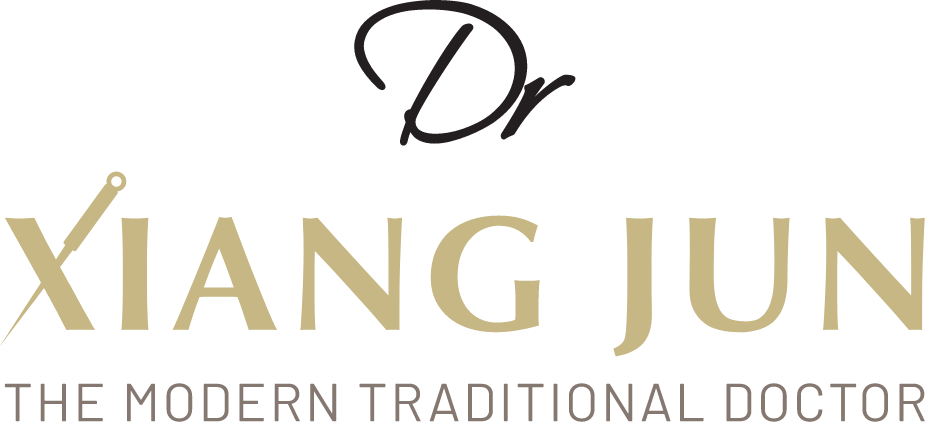Scientific Proof to How your Body react to Acupuncture - Delayed-Onset Muscle Soreness
Acupuncture can relieve delayed-onset muscle soreness fast and effectively.
Delayed-onset muscle soreness (DOMS) is a common myogenic pain that occurs after strenuous exercise training, especially after eccentric muscle contraction exercise. The clinical signs of DOMS include muscle soreness, tenderness, and decreased joint range of motion.
Although the progression of DOMS is not a serious problem, the discomfort can affect exercise participation for athletes. Exercise professionals must take particular care during periods of DOMS, as muscle injuries and functional deficiencies may augment the risk of sports injuries, particularly when returning to sports, or advancing training practices. Thus, strategies to minimize DOMS symptoms and facilitating muscle recovery are of great interest to athletes and athletic trainers, with recovery interventions playing a key role in optimizing sport performance.
Athletes incorporate muscle strength to optimise sport performance and gain a competitive edge. However, intensified training may also cause DOMS that can last for several days after exercise, which may affect neuromuscular control, leading to a decreased explosive muscular force and resulting in an increased risk of sports injuries.
Many conservative treatments, including massage, cryotherapy, ultrasound, and transcutaneous electrical nerve stimulation, are used to decrease DOMS symptoms, but their effects are inconsistent. If necessary, analgesics are used, but they have short-term effects and there is a risk of abuse.
Acupuncture which is a nonmedicated, complementary therapy for DOMS-related pain relief have gained popularity in recent times.
Here are the scientific evidences that support this:
Conclusion: Tender points are sites where nociceptors, such as polymodal-type receptors, have been sensitized by various factors. Acupuncture stimulation of tender points may activate sensitized polymodal-type receptors thereby relieving pain.
Conclusion: Muscle soreness perception was significantly less (P < 0.05) at 72 hours in the acupuncture treated group compared to control group. However, the change in CK was not significantly different between groups. These results suggest that acupuncture is effective in decreasing muscle soreness but does not prevent CK release from muscle.
Conclusion: Acupuncture proved to reduce perceived pain arising from exercise-induced muscle soreness.
Further reading:
Everything you need to know about Acupuncture
Scientific Proof to how your body reacts to Acupuncture - Eczema
Scientific Proof to how your body reacts to Acupuncture - Plantar Fascitis
Scientific Proof to how your body reacts to Acupuncture - Sinusitis
Scientific Proof to how your body reacts to Acupuncture - Snoring
Scientific Proof to How your Body reacts to Acupuncture - Stress Management
Scientific Proof to How your Body reacts to Acupuncture - Sciatica
Scientific Proof to how your body reacts to Acupuncture - Neck and Shoulder Aches and Pain
Scientific Proof to how your body reacts to Acupuncture - Urinary Incontinence





